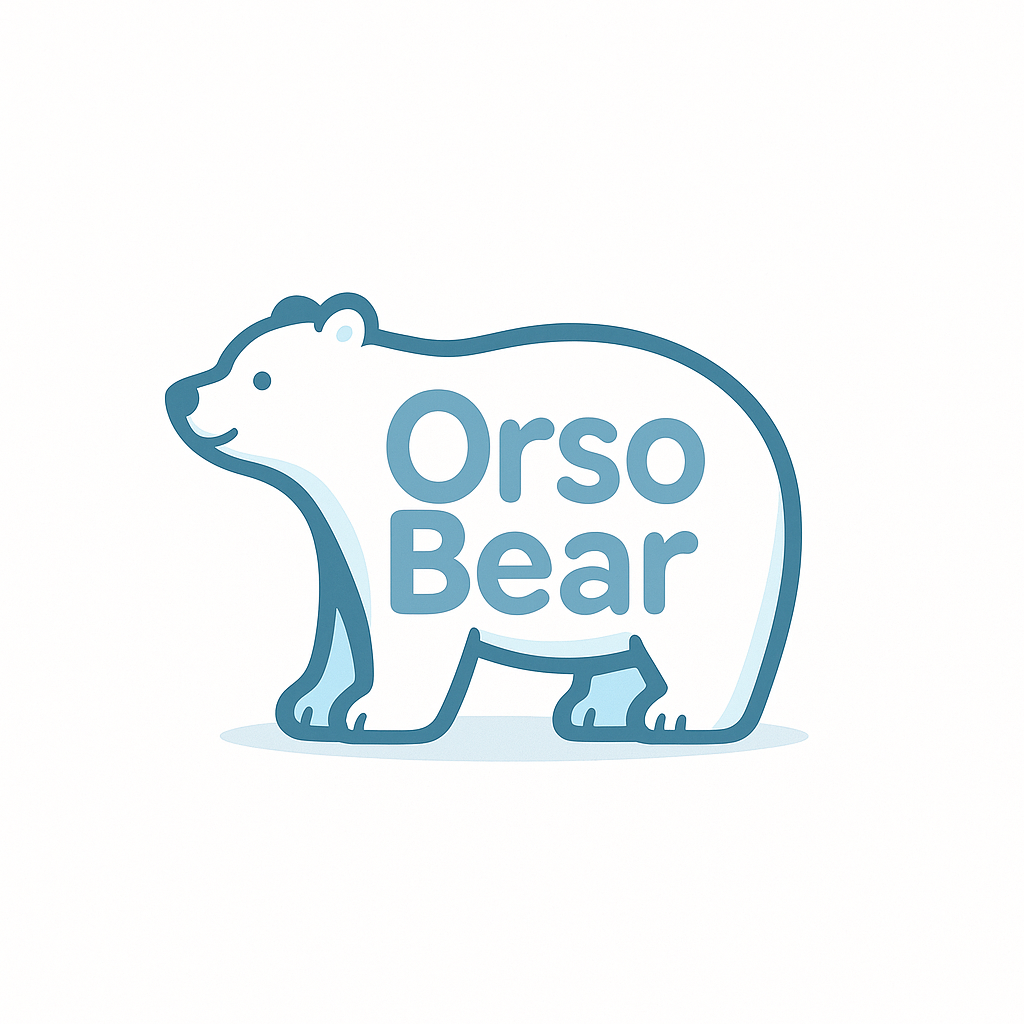Unlocking the Power of AI in Marketing: Strategies for Small Business Success
In the digital age, artificial intelligence (AI) is revolutionizing all aspects of life and work, and marketing is no exception. In fact, 80% of business and tech leaders are already using AI to boost their marketing efforts, according to Adobe. As a small business owner, you might think AI is a luxury reserved for large corporations with deep pockets. But the truth is, AI is more accessible and affordable than ever, and it can provide a serious lift to your marketing campaigns. Here’s how.
AI and Personalized Marketing
AI can help you create a personalized shopping experience for your customers. For example, AI algorithms can analyze customer behavior and predict what they’re likely to buy. This information can then be used to send targeted emails or display personalized ads.
Take the case of Starbucks. The coffee giant uses AI to analyze customer purchase history and preferences, and then sends personalized offers straight to their mobile app. This strategy has been wildly successful, with personalized marketing contributing to a significant rise in customer spending.
AI and Social Media Marketing
Another area where AI shines is social media marketing. AI tools can analyze social media data to identify trends and sentiment about your brand. This can help you understand what your customers really think about your products or services, and adjust your marketing strategy accordingly.
For example, a small cosmetics business might use AI to analyze social media comments and identify a trend of customers complaining about a particular product. The business could then address this issue in their marketing messaging, reassuring customers that they’ve made improvements.
AI and Content Creation
Believe it or not, AI can even help with content creation. Certain AI tools can generate blog posts, social media updates, and other types of content based on your input. This can save you a ton of time and help ensure your content is optimized for search engines.
Consider the case of the Associated Press. The news organization uses an AI tool called Wordsmith to generate news stories about corporate earnings. This allows the AP to produce a much larger volume of stories than would be possible with human writers alone.
AI and Predictive Analysis
AI can also help small businesses with predictive analysis. This involves using data to predict future trends or behavior. For example, you could use AI to predict which products are likely to sell well in the next quarter, or which customers are most likely to churn.
Take the case of the online retailer Amazon. Amazon uses AI to predict what customers will want to buy based on their browsing history. This allows Amazon to stock their warehouses more efficiently and make personalized product recommendations.
Future Implications and Trends
The use of AI in marketing is only going to increase in the future. According to a recent Gartner survey, 30% of all B2B companies will employ AI to augment at least one of their primary sales processes by 2020. As AI technology continues to improve and become more accessible, small businesses that don’t take advantage of it risk being left behind.
One trend to watch is the increasing use of AI in voice search. As more people use devices like Amazon Echo and Google Home, businesses will need to optimize their content for voice search. AI can help with this by analyzing voice search data and providing insights on how to optimize content.
Conclusion
While AI might seem complex and intimidating, it’s actually becoming a necessity for small businesses in the digital age. By using AI to personalize marketing, analyze social media, create content, and predict trends, you can take your marketing strategy to the next level.
The key is to start small and experiment. Try out different AI tools and see what works for your business. And remember, the goal of AI isn’t to replace human marketers, but to enhance their capabilities and allow them to focus on what they do best: creating engaging, high-quality content that resonates with customers.




